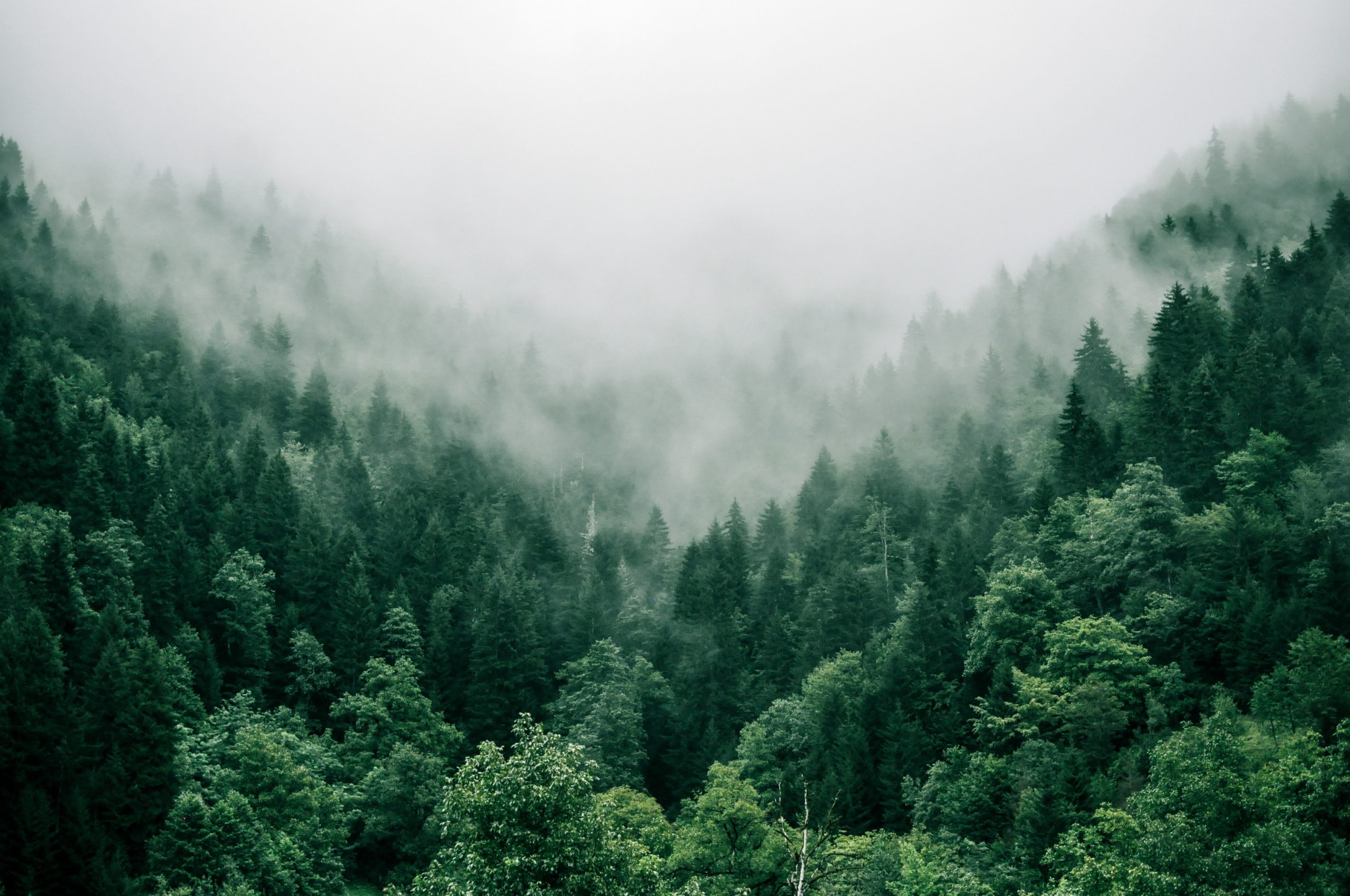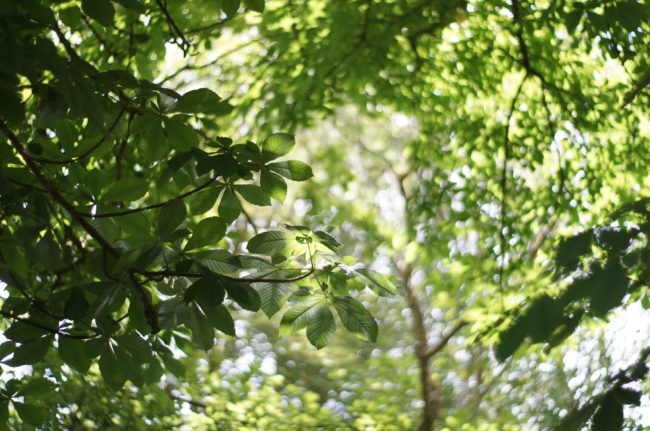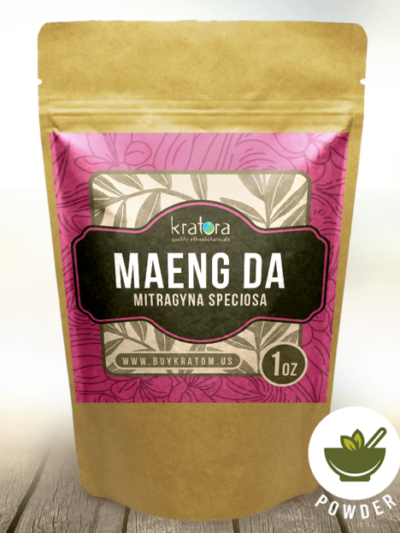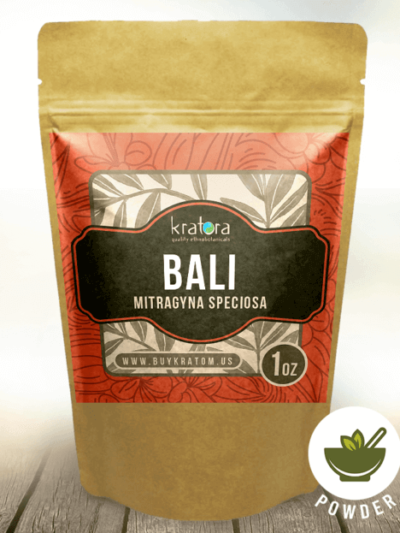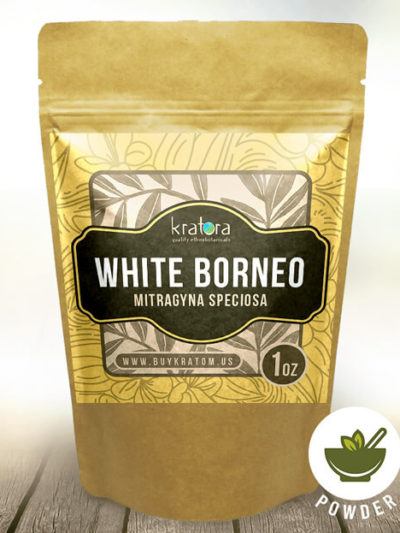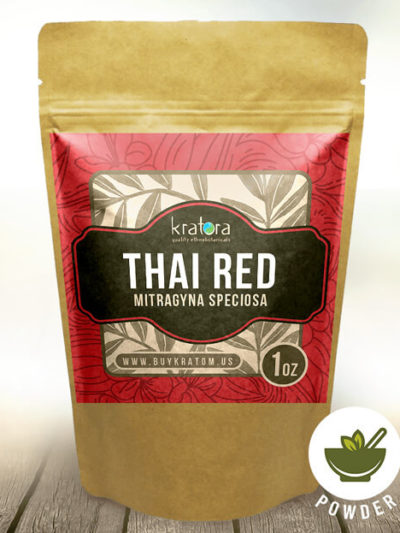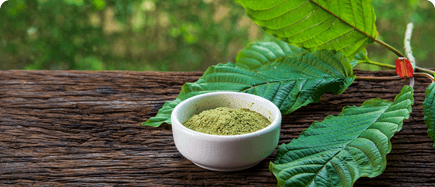The kratom tree is a genus of tropical evergreen trees in the coffee family, Rubiaceae. It’s native to Southeast Asia and can grow up to 25 meters tall with large leaves that are 7-12 centimeters long and 4-6 centimeters wide. Kratom, also known as the Mitragyna Speciosa tree, grows wild in Thailand, Malaysia, Indonesia, Borneo, and Vietnam. It’s now naturalized in other places like Africa, Australia, and the Caribbean.
Kratom leaves are traditionally recognized as an herbal solution. In recent years, kratom has become popular worldwide as an herbal supplement because of its uplifting, calming, soothing, relaxing, and stimulating effects. As more people become interested in ethical farming and sustainability, there is greater interest in learning more about the farming of the kratom tree.
The question is, how do you farm kratom? It’s certainly not a challenge most should, or even could, take on. This blog post will explore the process of farming kratom, the conditions necessary for the growth of the Mitragyna Speciosa tree, and more.
Kratom Requires Special Growing Conditions
Kratom does not grow well in high temperatures, and it needs plenty of rain or water to thrive. Kratom trees prefer wet climates with high humidity. You can find them as far south as Indonesia and Malaysia all the way up into Thailand’s northern hillsides near the border with Myanmar (Burma). The kratom tree grows best at an elevation between 500-700 meters above sea level.
However, kratom plants also grow on coasts. Here, they’re more vulnerable to saltwater spray, which they don’t tolerate well. There’s no worry about frost damage to the kratom plant because it’s native to warm climates. If you’ve considered growing kratom yourself, you should know what you’re up against.
Kratom Grows in Nutrient-Rich Soil
Kratom thrives in the soil found on the sides of mountains, which is rich in nutrients. The kratom tree is a member of the coffee family. Kratom needs to be watered regularly, but not excessively — they don’t like too much moisture near their shallow root system. Soils containing a lot of nitrogen, phosphorus, and potassium are the most ideal. Kratom farmers who consistently produce excellent crops grow where soil temperatures can remain between 68°F – 77°F. Kratom prefers warm soil to grow their roots properly.
Monitoring of Crucial Growth Factors
As the kratom grows, constant monitoring of crucial growth factors like temperature, sunlight, and the nature of the soil must be monitored. While the kratom plant is well known for its ability to grow in a variety of conditions and even grows naturally along rivers, farming kratom needs more care and attention to detail. If the above factors are not monitored closely when farming it for commercial purposes, the kratom plant will grow poorly or even die from a lack of nutrients.
It’s even more challenging for farmers who produce kratom trees indoors because they don’t have access to sufficient natural light without expensive artificial lights like LED lamps. It’s difficult to recreate an environment that meets their specific needs inside of a greenhouse. Not to mention, the plants can become massive overtime.
Precautions to Keep in Mind When Farming the Kratom Tree
The kratom plant must be protected from the cold by being planted at least 40 meters (130 feet) away from water sources or high ground where frost occurs early in the morning. Kratom farmers should also try to avoid planting their Mitragyna Speciosa trees near rubber plantations. Kratom is susceptible to fungal diseases that can spread quickly among neighboring plants due to humidity.
Farmers who live on higher ground should look out for pests like cucumber beetles which carry bacterial wilt disease that affects kratom and other crops such as coffee and corn.
Lots of Patience is Needed for the First Harvesting Session
A kratom farmer must wait for about three years before their first harvest, but many benefits come with waiting, and patience is vital. The kratom plant’s slow growth period allows it ample time to grow a large root system which means larger yields later on.
This also gives plenty of time for kratom farmers who want to make extra income by selling kratom seeds around this time since those start sprouting after roughly two weeks. Farmers have different methods when it comes to planting kratom tree seeds, but some of the more popular ones include planting in organic potting soil and simply placing them outdoors.
Observing the Shift of Colors
From the moment the tree sprouts to the maturation of the plant, kratom farmers keenly observe the shift of leaf colors. This is crucial for quality control of the kratom end-products. The color of the kratom leaves changes as they dry out. It will be green until it is about 60% to 70% dried, then turn yellowish in color. Kratom tree farmers should take note of the following factors when harvesting and drying:
- Drying time
- Leaf size and shape
- Stem thickness
- Brokenness (cut or not)
- Coloration (which can be an indication of alkaloid content)
These observations help determine when to harvest their kratom plants to preserve optimal potency without sacrificing quality. This also determines the different types of kratom harvested. Some strains are left to mature for a longer period of time.
Harvesting Kratom Leaves from the Tree
Kratom’s life cycle is different from other trees because it doesn’t grow in the same way as most trees. Instead, kratom continues to produce new leaves at its top. When harvesting time comes around, kratom farmers cut off all of the mature leaves on the bottom half of the kratom tree before they start cutting into branches, or else they risk overcutting. After that, they can trim any remaining buds if desired, but there’s no need for extra care with them since those are already advanced in maturity when harvesting begins.
Farmers will inspect kratom leaves during the harvesting season and pick them when they’re green and fresh enough. They’ll also make sure that there aren’t any insects around — those can infect kratom trees with diseases like red spider mites, which cause leaf loss in a short period of time.
The picked kratom leaves need to dry out before processing them to be sold as powder or capsules. This is where drying sheds come into play: dark places without sunlight but high air circulation designed specifically for kratom leaves. After the drying and grinding process is completed, the kratom is then sold locally or to kratom vendors who send samples to third-party labs for tests to ensure safety and quality standards before packaging the fresh kratom.
Kratora Works With Reliable, Stable Growers
Maeng Da Kratom Powder
From $12.99
Shop Now
This product has multiple variants. The options may be chosen on the product page
Bali Kratom Powder
From $10.99
Shop Now
This product has multiple variants. The options may be chosen on the product page
White Vein Borneo Kratom
From $10.99
Shop Now
This product has multiple variants. The options may be chosen on the product page
Thai Red Vein Kratom
From $10.99
Shop Now
This product has multiple variants. The options may be chosen on the product page
At Kratora, kratom is our central focus. That’s why we work with reliable, stable growers to ensure that the kratom we sell is sourced responsibly for a higher quality product. We work directly with kratom tree farmers so we know how they produce their crop in terms of growing conditions, harvesting methods, and more. Kratora takes pride in the longstanding relationships we’ve had with our suppliers. We bring you products grown and purchased from the same growers since 2013, so you can shop with total confidence.
Get started with our kratom product selection today. Buy kratom today and get 2 free samples with your purchase and free shipping on orders over $75. Visit our blog to learn more about the Mitragyna Speciosa tree.
Want to learn more about kratom quality and value? Start here:
Why Buying Cheap Kratom Can Be Dangerous
